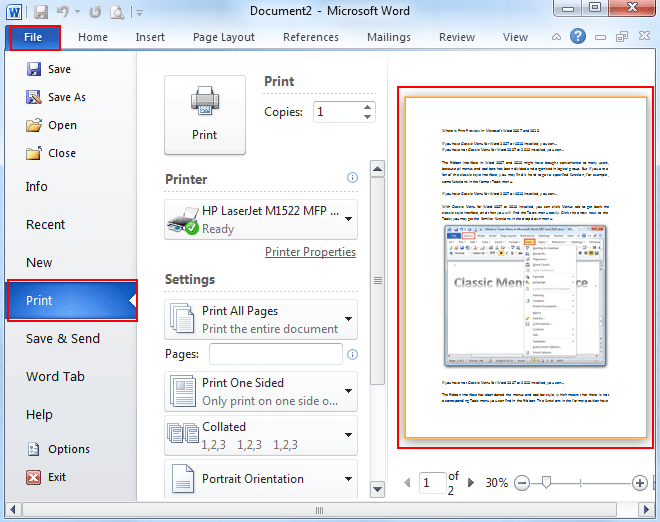

What I did for the kerning was to place my cursor between each individual character and adjust to 200. Looking back at the earlier example image, the second line could have been done in a much easier way. Instead of worrying about how things are put together on a letter-by-letter basis as with kerning, you make sure the entire line is uniformly spaced. Where kerning is the space between two individual characters, tracking is the uniform space between each individual word or line. Tracking is similar to kerning, but it’s not kerning. As you can see, each character can have different kerning on each side. Finally, the third line was kerned at random with both positive and negative spacing within each individual word.

As you can see, the spaces are uniform between characters across the line. The second row is set equally between letters (and spaces) at 200.

The top row’s kerning is set at 0, which is the default and uses whatever spacing the font designer chose. In the example above, we have three lines that were copy and pasted using the monospace font Courier New. Adjusting the kerning between these letters tends to be easier than variable spaced fonts, where the letters might overlap as well as print at different widths. The A is the same width as the B as the J as the K. In monospaced fonts, each character takes up exactly the same amount of horizontal space with no overlap.

In a word, you can have variable kerning because the space between the first two letters may be different than between the last two (and so on). It’s the space between two side-by-side characters. Kerning is the simplest of the three, really. Just place your cursor where you need to adjust the spacing and go. It’s worth getting used to keeping this open. You can also adjust strikethrough, weight, size, super/subscript, and so much more in this panel. The V/A is kerning, the VA in a box is tracking, and the underlined, vertical A’s are Leading. In the Adobe products, you just have to open up the Text Layer Character Panel, and you have everything you need. It’s when you’re designing text that it becomes more of an issue, so programs like Photoshop, Illustrator, etc. While most word processing programs have options for adjusting them, most people won’t ever need to when writing copy or typical text. Adjusting Kerning, Leading, and Tracking (and More!)Īctually, before we dig in, let’s go over how you change and adjust these settings. But once you start paying attention to them, you’ll notice how kerning, tracking, and leading are used both effectively and poorly on everything you read and see on a daily basis. It’s important to understand the relationship between these three attributes because good design and readability depend on your using them to the best of your ability.Īnd that comes with time and practice. Digging in, you’ll see there’s more to it than that, but in essence, you’re looking at the relationship between text characters. If you boil these three down to the absolute fundamentals, you’re looking at the spacing between characters on both the X and Y axes.
#Is there a way to adjust kerning in microsoft word how to
Three of the most important elements of readability for text are kerning, tracking, and leading, though many people either get them confused or simply don’t understand how to use them effectively. If people can’t read the words on the screen (and this is assuming there are words on the screen, of course), the website cannot serve its function. It doesn’t matter how great the design is, how gorgeous your layout is, or how genius your use of color. When designing for the web, you have to keep one thing in mind at all times: readability.


 0 kommentar(er)
0 kommentar(er)
